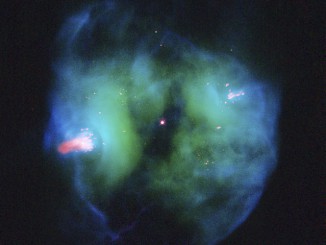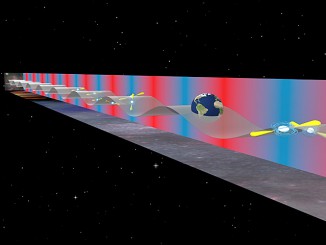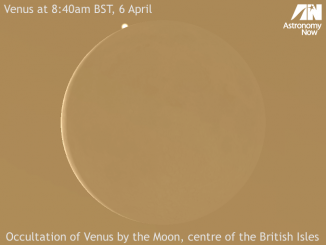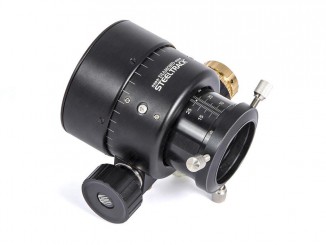
Hubble reveals a cosmic trick of the eye
While truly massive stars go out in a blaze of glory, intermediate-mass stars — those between roughly one and eight times the mass of the Sun — are somewhat quieter. Such stars eventually form cosmic objects known as planetary nebulae, so named because of their vague resemblance to planets when seen through early, low-resolution telescopes.









